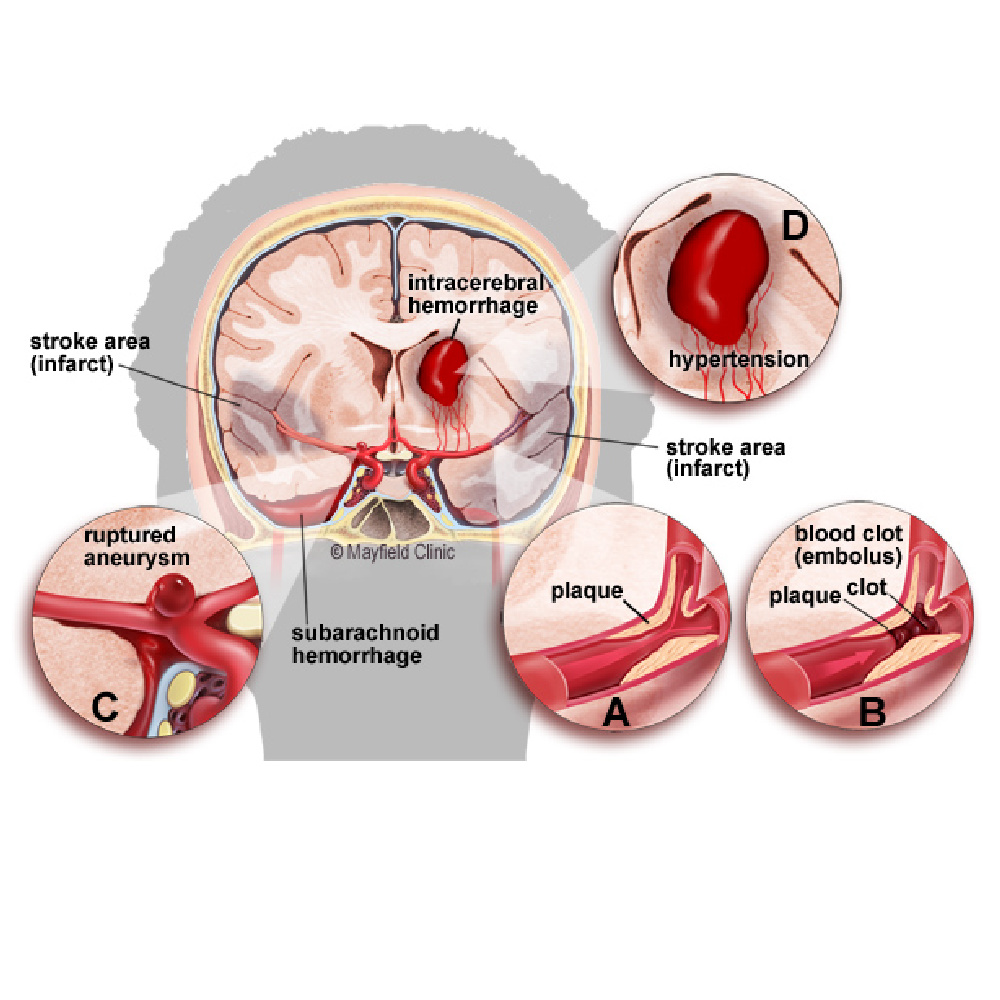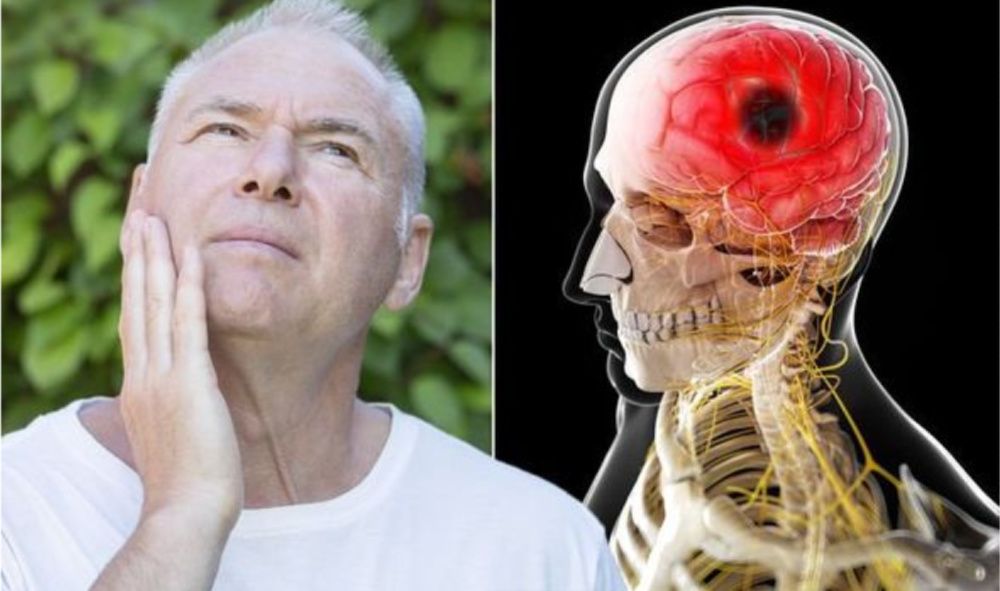No products in the basket.
Stroke is a medical emergency that requires immediate attention. Recognizing the signs and symptoms of a stroke is crucial, as prompt medical intervention can significantly improve outcomes. At Tullys Totalhealth Pharmacy, we are committed to promoting health and well-being in our community. In this blog, we will guide you on how to spot the signs of someone having a stroke, empowering you to take swift action and potentially save a life.
Understanding Stroke: A stroke occurs when the blood supply to the brain is disrupted, either due to a blood clot blocking a blood vessel (ischemic stroke) or when a blood vessel bursts (hemorrhagic stroke). In both cases, brain cells are deprived of oxygen and nutrients, leading to damage and potential long-term disabilities if not treated promptly.
Face drooping:
Ask the person to smile. Is one side of their face drooping or numb? Unevenness in facial features can indicate a stroke.
Arm weakness:
Request the person to raise both arms. Does one arm drift downward or feel weak? Sudden weakness or numbness in one arm is a warning sign.
Speech difficulty:
Ask the person to repeat a simple sentence. Is their speech slurred or incomprehensible? Difficulty speaking or understanding words is a red flag.
Time to call emergency services:
If you notice any of the above signs, it’s crucial to call emergency services immediately. Time is of the essence when dealing with a stroke, as early treatment can minimize brain damage and enhance the chances of recovery.


Remember, any sudden onset of these symptoms should not be ignored and should be treated as a medical emergency.
Conclusion: Recognizing the signs of a stroke and taking immediate action can save lives and prevent long-term disabilities. By remembering the FAST acronym and being aware of additional symptoms, you can play a vital role in helping someone receive timely medical care. At Tullys Totalhealth Pharmacy, we encourage you to share this knowledge with friends, family, and colleagues, as it could make all the difference in an emergency situation. Remember, swift action can change outcomes, so be vigilant and prioritize the well-being of those around you.